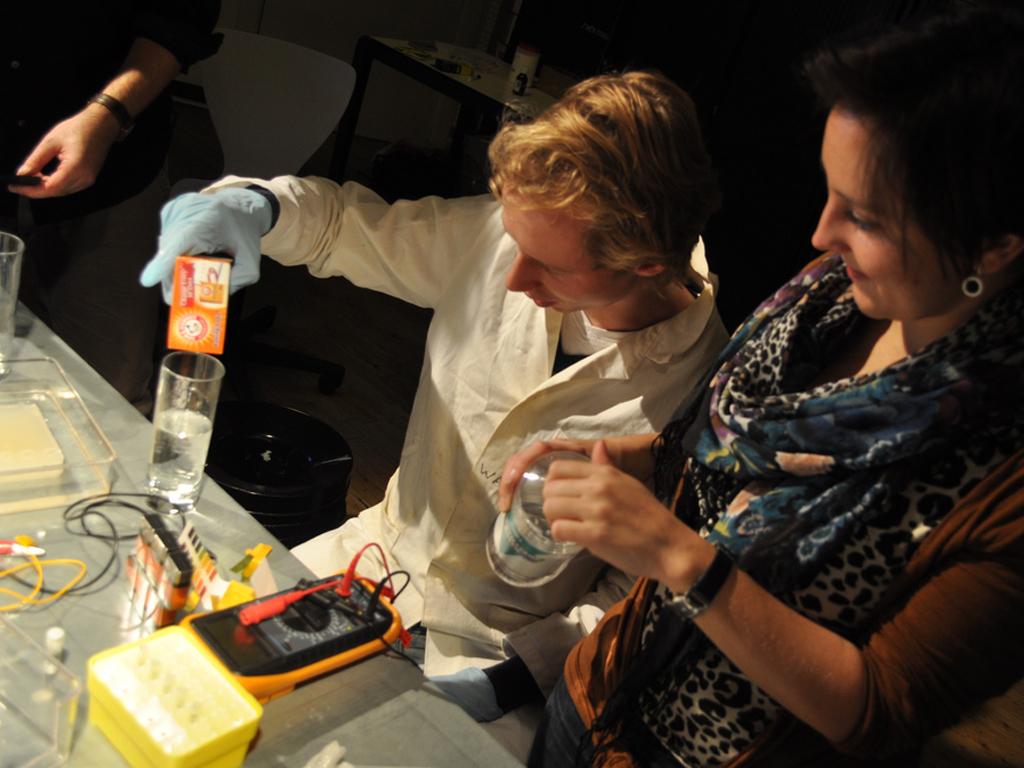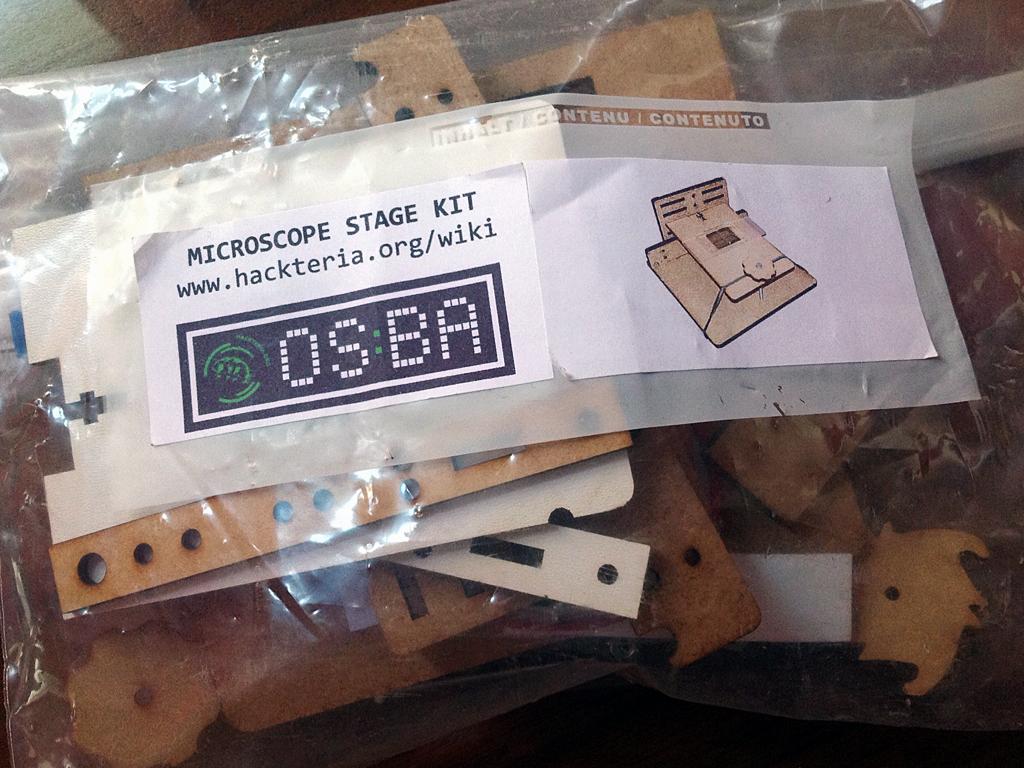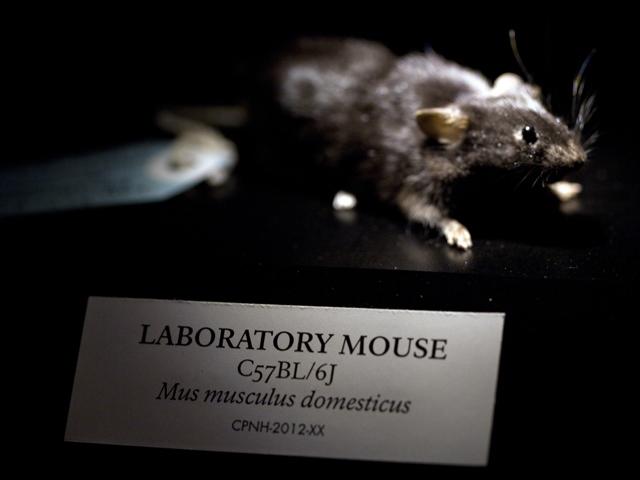Friday November 16th we finally found out if the Open PCR that we recently put together really works during our Do It Together Bio meeting. DIY biologists, artists and others interested came to the Waag building where Fablab Amsterdam is housed.
The program includes working with the PCR machine and building a transilluminator to make electrophoresis visible (the movement of DNA through a medium that is electrified). We had a live connection with the BioTechna lab of Kapelica Gallery in Ljubljana where DIY biologist Marc Dusseiller of Hackteria gave a demonstration of how to build an electrophoresis unit in 15 minutes. Also, a film by Paul Vanouse which demonstrates the PCR process, using buckets of water and a crackling campfire in the Rocky Mountains; "Deep Woods PCR".
PCR
PCR stands for Polymerase Chain Reaction and is a process that is discovered around the early 90s and won a Nobel Prize in 1993. It is a key technology for e.g. genetic diagnostics and represents an industry that yields a profit of several billion. By repeated heating and cooling in a medium with DNA and polymerase, the original double-stranded DNA unzips and copies and reproduces with the help of the polymerase. Primers - which are small pieces of DNA molecule which indicate from where to where a larger fragment of the DNA molecule needs to be cut - multiply the appropriate DNA fragment of a molecule. Vanouses Deepwoods PCR is a comment on the PCR technique that was patented by the industry while already being used in science as methodology earlier.
Transilluminator and Open PCR
The open hardware transilluminator kit that we bought from IO Rodeo appeared relatively easy to build, although we had some trouble finding the manual on instructables.com. Same goes for the PCR. Calibrating the machine went well and with a PCR demonstration kit we were able to make monsters that could undergo the multiplication process: heating and cooling, and heating and cooling. A clock on a connected PC showed us how long the process was going to take.
Visible DNA
Meanwhile, we made agar agar with hot water in containers with liquid that could be electrified. This process makes the multiplied DNA crawl to one of the electric poles and makes it become visible. But ... this is where it went wrong! And we still don’t know exactly what it was! The clamps that made electrical contact with the water roared like Aspro’s and reduced our sight on the colored DNA. Disappointment, consternation and a debate followed.
Labyrint Radio
Electro technique is not biotech. Each failure is knowledge, even if it is DIY. More so, DIY is the only way to gain knowledge. For me personally, however, the failure made the evening a true success. Otherwise it would have been a demonstration after which we cleaned up and went home. This time we did a lot of work and I came to work with several fluids and techniques for the first time. Labyrint radio joined us in the Waag.


